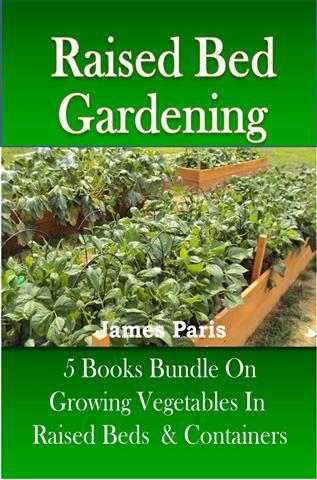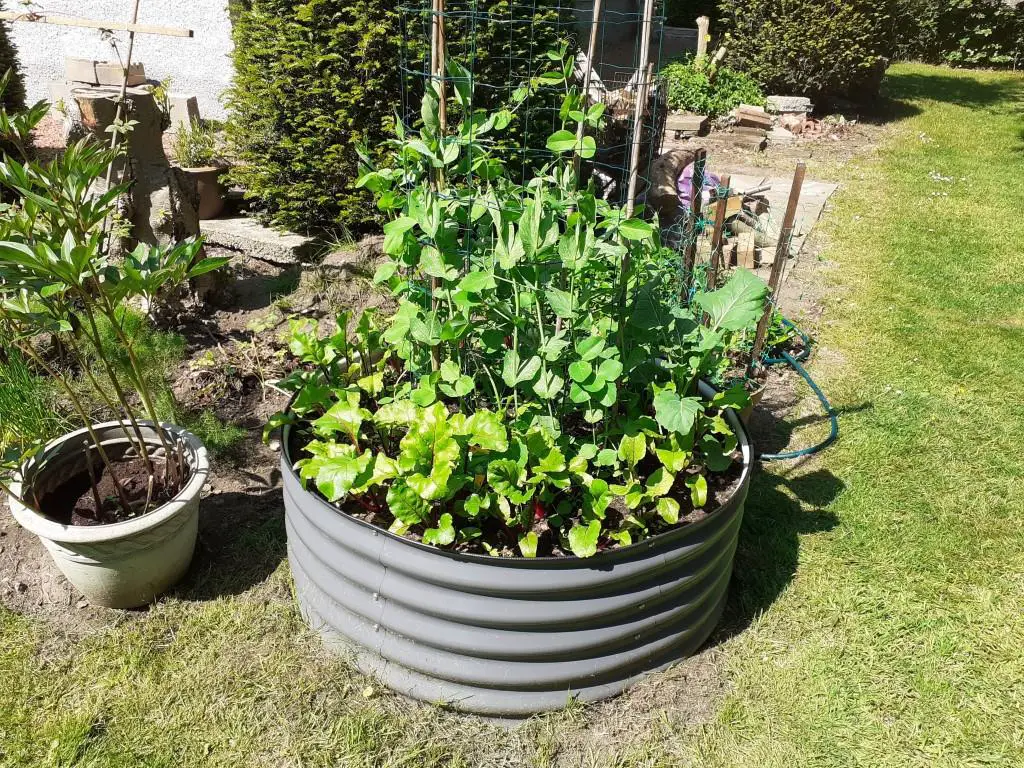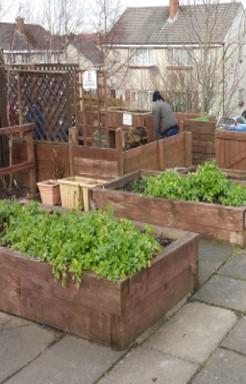Guidebook for Raised Bed Vegetable Planting
If you are serious about growing vegetables, with as little fuss as possible, and yet producing a fantastic crop of your chosen veg; then a raised bed garden planting guide such as the one below, may be just what you are looking for.
Raised bed gardening, has many advantages over the traditional gardening methods that most people employ today. Is it a new thing? certainly not as it goes way back to the begining of time in many different civilisations.
This is usually where level fertile land to grow vegetables on is at a premium, and so the locals had to develop flat areas in raised beds in order to be productive.
In this article the writer puts forward very well, the advantages of raised bed gardening, as well as giving good instruction as to how to get the best out of your raised bed.
Growing In A Raised Bed Garden
Raised beds can be used to grow just about anything. They make great vegetable planters, can be a lovely way to display flowers and are an ideal choice for shrubbery, fruits and herbs. If you live in the city or have limited space to spare, then the advantages that a compact growing area such as this has over conventional growing techniques are fairly obvious I think 🙂
As for the plants that can be grown using this method, raised beds can be used to grow just about anything, including flowers. I have even seen one adapted to rear chickens in – but that’s another story 🙂
in – but that’s another story 🙂
Building a raised garden bed:
Raised beds can be built from many types of material, from timber to metal and even concrete blocks or bricks. This planting guide will show you examples of several raised bed types – and how to get the best from them.
Should you line or not line a raised bed (the answer is yes you should), and what material should you line a timber raised bed with, plastic or garden fabric.
The compost is all-important when you fill your first raised garden bed – especially if you are growing vegetables.
In this raised garden bed guidebook you will find the correct compost mix to put in your raised bed – note, it is NOT just filled with topsoil!
This no-dig gardening technique comes with many advantages over the traditional gardening method, including an abundance of crops or bountiful harvest.
Make the most of your Raised Bed Garden as well as container gardening methods with this 5-book-bundle available on Amazon here …
…
Covering the range of advantages here, I would also mention that a raised bed is absolutely ‘made’ for anyone who is physically impared. The hight of a raised bed means that the garden is accessable to anyone without all the bending over required in traditional vegetable gardening. Also numerous beds can be operated as long as adequate space is left between the raised beds for wheelchair access.
There are many other advantages to raised bed vegetable gardening, including the benefits regarding pest control and the sheer volume of produce compared to a conventional garden; if however you still need convincing then try This Kindle book  on ten good reasons for growing plants in a raised bed – I’m sure you will be convinced !
on ten good reasons for growing plants in a raised bed – I’m sure you will be convinced !



